Motorcycle Licensing In The UK: Update and Stats
Report reveals statistics about motorcycle safety
Motorcycle licensing in the United Kingdom is a convoluted process that requires several steps to be taken before riders qualify for riding bigger and more powerful bikes. It’s a tiered process dependent on age and riding experience that begins with the AM Mopeds (less than 50cc) stage, then to the A1 Light Motorcycle (120cc to 125cc, less than 14.8 hp) and then the A2 Motorcycle (at least 395cc and between 26.8 and 46.9 hp).
Not complicated enough for ya? Access to bikes of any size and power requires the Category A Motorcycle class, which has separate categories for riders aged 21 to 23 and for riders 24 or older. And the licensing stages are even more complex, as you can see by clicking the link below.
Steps To Motorcycle Licenses In The UK
This topic comes to light after the release of a report from a public consultation carried out by the UK’s Department for Transport (DfT) and the Driver & Vehicle Standards Agency (DVSA) on nine proposed improvements to the licensing methods and standards. This report was compiled after receiving more than 2,200 responses from motorcyclists, representatives in the motorcycle industry and road safety groups. Some of the proposals will require further consultation next year.
The report, which you can see further below, also contained some interesting stats about motorcycle crashes in the UK during 2016.
- Motorcyclists are 57 times more likely to be killed than a car occupant per passenger mile traveled.
- Motorcyclists account for 19% of all road deaths but make up only 1% of road users.
- 319 motorcyclists were killed, and 5,553 were seriously injured.
- 35% of those who are killed or seriously injured on a motorcycle are aged between 16-24.
- Moped and scooter riders amounted to around 1 in 6 motorcycle casualties.
So, despite the tiered licensing program, it looks like younger riders are more susceptible to accidents. But the validity of these stats, and pretty much all statistics, depends on several factors, some of which aren’t included here. For example, what percentage of riders make up the 16-24 age bracket, and how does their accident rate compare in per miles traveled?
What do you think of tiered licensing? Is it safer? We imagine a lot of you experienced riders would support licensing restrictions, but could such a program be implemented on American riders?
Begin Press Release
Motorcyclists Overwhelmingly Back Plans To Upgrade Licences For Existing Riders
Motorcyclists will benefit from improvements to motorcycle training, Road Safety Minister, Jesse Norman, announces today (19 December 2017). This follows a public consultation on a number of proposals to modernise motorcycle training.
Motorcyclists have given their backing to a raft of improvements, including introducing a training course that existing riders can take to upgrade their motorcycle licence, rather than having to take extra tests.
The compulsory basic training (CBT) course has largely remained unchanged since its introduction in 1990 and the changes will also see new riders having to pass a theory test before they take a course. Riders who take their CBT on an automatic motorcycle will be restricted to only riding automatics.
Road Safety Minister Jesse Norman said:
“We have one of the best road safety records in the world, but we are determined to do more to prevent deaths and serious injuries.
“Motorcyclists are among the most vulnerable road users and have the highest fatality rate of any group. That is why I am pleased to announce these changes to motorcycle training. These improvements should equip learners with a wider range of experience and better riding skills, helping to make our roads safer for everyone.”
Last year 319 motorcyclists were killed, and 5,553 were seriously injured. With around 1 in 6 motorcycle casualties being moped or scooter riders.
DVSA Head of Rider and Vocational Policy Mark Winn said:
“Our priority is to help riders through a lifetime of safe riding.
“In 2016, over a third of moped and motorcyclist casualties were aged between 16 and 24. We want to reduce the risk they face by introducing more realistic and individually tailored training, provided by better qualified instructors.
“Making these improvements to training will help make sure motorcyclists have the skills and knowledge they need to help them stay safe on our busy, modern roads.”
A public consultation carried out by the Department for Transport (DfT) and DVSA on 9 proposed improvements received more than 2,200 responses. Those responding included motorcyclists, representatives in the motorcycle industry and road safety groups.
The results of the consultation, which have been published today, reveal that of those who responded:
- 92% support introducing a training course that existing riders can take to upgrade their motorcycle licence, rather than having to take extra tests
- 85% agree new riders having to pass a theory test before they take a CBT course, or as part of their course
- 85% support revoking CBT certificates from riders who get 6 penalty points – it would stop them from riding with L plates after getting points for offences including careless or dangerous riding
- 84% agree restricting riders who take their CBT course on an automatic motorcycle to only riding automatics
- 85% support restructuring CBT courses to focus on the importance of equipment and safety clothing, on-site training, motorcycling theory and on-road practical riding skills
There was also overwhelming support for DVSA’s plans to improve the way motorcycle instructors are qualified and quality assured.
- 97% support increasing the range of checks that DVSA carries out on motorcycle training schools
- 87% support improving the way that instructors qualify to provide motorcycle training
- 94% support introducing a system for motorcycle training schools to be given recognition for consistently high standards
Some of the proposals require further consultation to work through the details of how the changes will work. DfT and DVSA plan to consult on these in Spring 2018.
Representatives from the rider training industry are also supportive of the changes.
Motor Schools Association of Great Britain (MSA GB) general manager John Lepine MBE said:
“It is vital that over time we update and modernise all our rider and driver training procedures in line with up to date thinking and research.
“Following on from the successful changes to the driving test we welcome these changes to rules surrounding the safe riding of motorcycles.
“In particular we welcome the improved standards for motorcycle training schools and motorcycle instructors which recognises the importance of high quality training in delivering high quality road safety outcomes.”
Driving Instructors Association (DIA) Chief Motorcycle Examiner Mark Jaffe said:
“As the largest driver and rider training association in the UK, the DIA have been working with the DVSA and the DfT to improve the standard of rider training at all levels for a number of years.
“The consultation results shows support for the changes which we believe are long overdue. The changes will increase the importance on riders getting the correct training for the machines they are riding and reduce the number of casualties through better and more focused training.”
Motorcycle Industry Association (MCIA) Director of Safety and Training Karen Cole said:
“We welcome the publication of responses to the consultation on modernising motorcycle training and look forward to working with the DVSA to significantly improve rider safety in the future.
“It is important that powered two wheelers remain accessible though, as they are the only affordable form of transport for many people and an increasingly important part of our transport mix as commuters seek solutions to creeping congestion.”
Further information
2016 road casualty stats show that motorcyclists are 57 times more likely to be killed than a car occupant per passenger mile travelled, and account for 19% of all road deaths but make up only 1% of road users and 35% of those who are killed or seriously injured on a motorcycle are aged between 16-24.
The full response to consultation report has been published on GOV.UK https://www.gov.uk/government/consultations/improving-moped-and-motorcycle-training
More by Kevin Duke



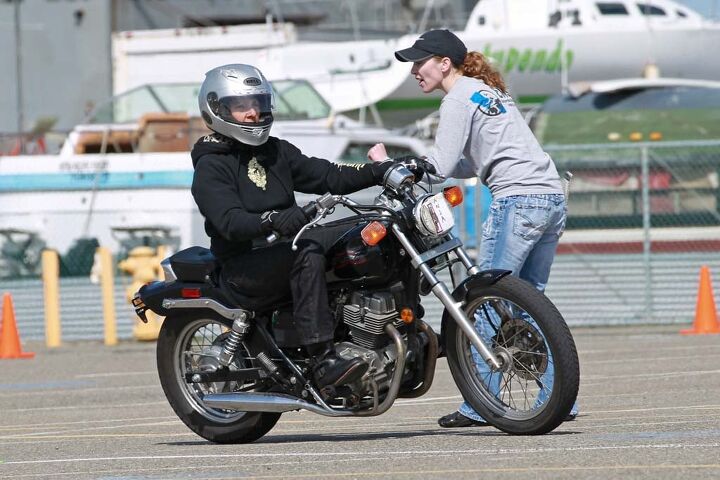







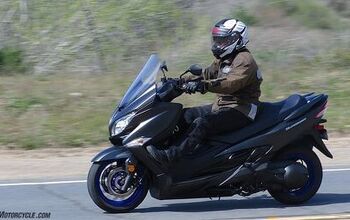


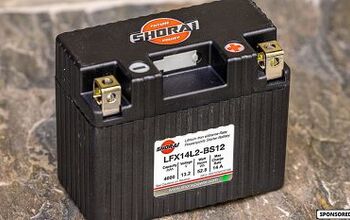
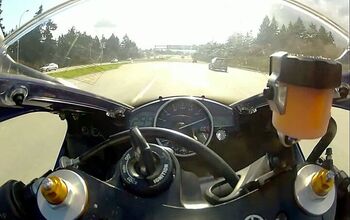
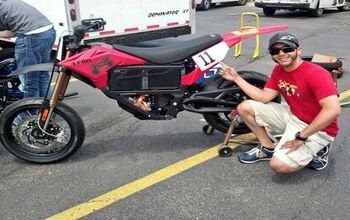











Comments
Join the conversation
Everyone seems to agree that safety on a motorcycle depends on both training and experience, but differ on how to provide them, and how much of each should be required. I would like to see the development and widespread availability of traffic simulators for motorcycle training that could be accessible to existing riders (not just new licensees in training), as well as more hands-on pressure-free practice ranges that are also available to existing riders who want to brush up their skills. Currently there are private groups offering training and practice but it often comes at a steep enough cost that you can't afford to do it more than once every few years. I did take a useful training once that offered greatly reduced cost for returning students but that is a rarity that needs wider adoption.
I do believe that a combination of simulation technology and increased affordable training opportunities can make riders better and therefore safer. The internal restraint and maturity that is also a factor in safety may be another matter that only years of seat time can address.
Meanwhile, in Australia (my State of NSW, anyway) I got in total about 3 hrs actual riding time over 2 days during the compulsory prelearner course. Round a small oval course, not out of 2nd gear, no on-road riding at all. Passed the theory test at a local Motor Registry and I had my Ls, allegedly ready to go out and teach myself alone on the public road system. And I could have bought a Ducati Monster straight away lol